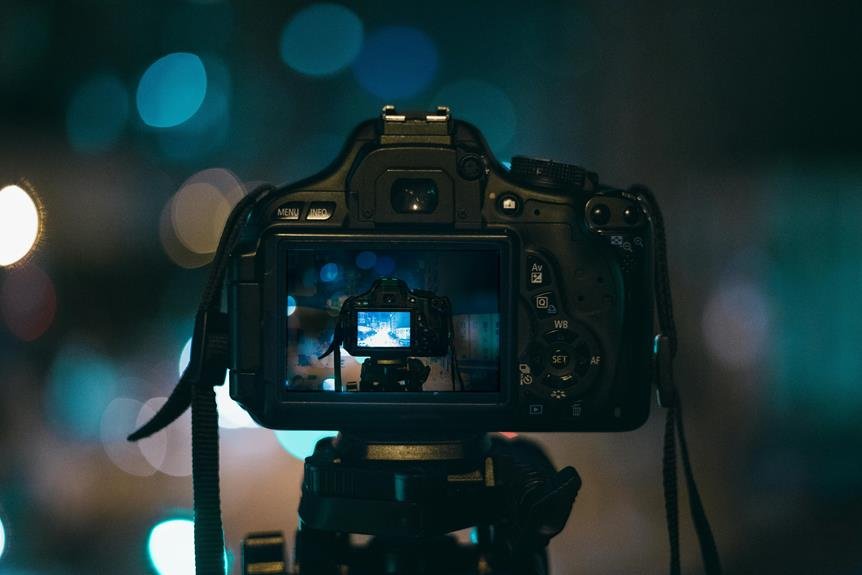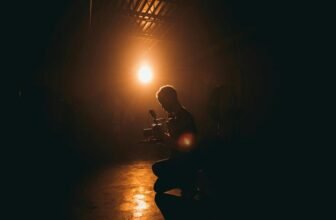
When choosing between full-frame and crop sensors, understanding the nuances can greatly impact your photography. The sensor size isn't just a technical detail; it plays a crucial role in determining the quality of your images. The differences in field of view, image quality, depth of field, low-light performance, and cost all stem from this fundamental divergence. As you navigate through the intricacies of these sensor types, you'll uncover how each can elevate your photography in distinct ways, ultimately influencing your choice of gear.
Sensor Size Matters
When choosing between a full-frame and crop sensor camera, sensor size matters significantly. The sensor size directly impacts image quality, low-light performance, and depth of field. A full-frame sensor is larger and captures more light compared to a crop sensor, resulting in higher image quality with better dynamic range and lower noise levels, especially in low-light conditions. This means that full-frame cameras excel in producing sharp, detailed images with smooth tonal transitions.
Additionally, the larger sensor size of a full-frame camera allows for shallower depth of field, creating beautifully blurred backgrounds that make your subjects stand out more prominently. This is particularly advantageous for portrait photography or when you want to isolate a subject from its surroundings. On the other hand, crop sensor cameras have a smaller sensor size, which can sometimes lead to a deeper depth of field, making them ideal for landscape photography where you want everything in focus from the foreground to the background.
Field of View Differences
Comparing full-frame and crop sensor cameras reveals distinct field of view differences that impact your photography compositions. The field of view in photography refers to how much of a scene a camera can capture. With a full-frame sensor, you get a wider field of view, allowing you to include more of the scene in your frame. This wider perspective is great for landscape photography or capturing expansive scenes where you want to showcase the surroundings.
On the other hand, crop sensor cameras have a narrower field of view. This means that when you use a crop sensor camera, your images appear more zoomed in compared to a full-frame camera. The narrower perspective can be beneficial for wildlife or sports photography, where you want to get closer to the subject without physically moving closer.
Understanding these field of view differences between full-frame and crop sensor cameras is crucial for composing your shots effectively and achieving the desired visual impact in your photographs.
Image Quality and Depth of Field
To fully grasp the differences between full-frame and crop sensor cameras, understanding how they affect image quality and depth of field is key. Full-frame sensors generally produce higher image quality due to their larger size, capturing more light and detail. This results in sharper images with better color accuracy and dynamic range.
In terms of depth of field, full-frame sensors provide a shallower depth of field compared to crop sensors when using the same lens and aperture. This means that with a full-frame camera, you can achieve more pronounced background blur, making your subject stand out more prominently.
On the other hand, crop sensor cameras offer a deeper depth of field, which can be advantageous in certain situations where you want more of the scene to be in focus. While crop sensors may not perform as well in low light conditions compared to full-frame sensors, they can still produce high-quality images, especially when paired with quality lenses. Understanding these differences can help you choose the camera that best suits your photography needs.
Low-Light Performance and Cost
For photographers looking to explore the relationship between low-light performance and cost, understanding how full-frame and crop sensor cameras differ in these aspects is crucial. Full-frame cameras generally excel in low-light situations due to their larger sensor size, which allows them to capture more light. This results in better image quality with less noise when shooting in low-light conditions. On the other hand, crop sensor cameras, while still capable of producing good low-light images, may struggle more in darker environments compared to their full-frame counterparts.
When it comes to cost, full-frame cameras tend to be more expensive upfront than crop sensor cameras. The larger sensors and more complex technology contribute to the higher price tag. However, the investment in a full-frame camera can pay off in terms of superior low-light performance and overall image quality. Crop sensor cameras are generally more budget-friendly options, making them attractive for photographers who want to balance performance with affordability.
Ultimately, the decision between full-frame and crop sensor cameras in relation to low-light performance and cost depends on your specific needs and budget constraints.




